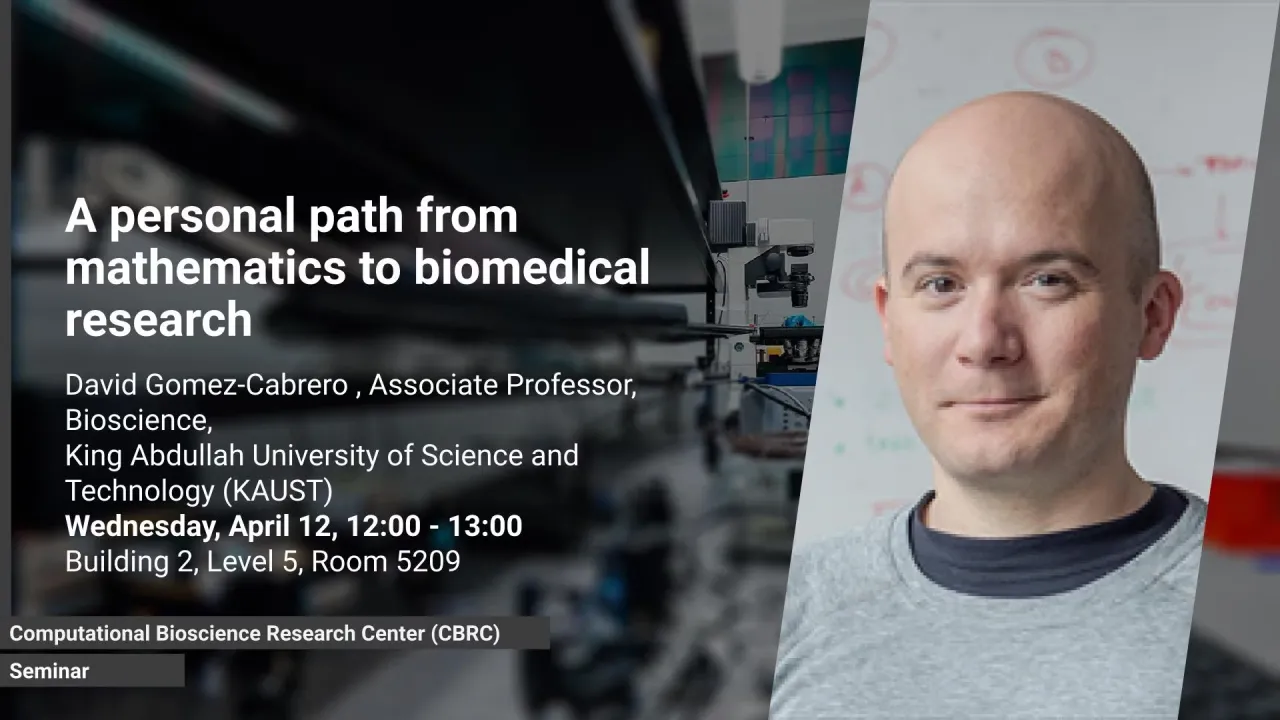
A personal path from mathematics to biomedical research
A personal presentation describing the role of computational biology and bioinformatics in addressing state-of-the-art biomedical challenges. First, I will provide an overview of the transition between a Ph.D. in Mathematics to a postdoc in Computational Biology: How did it happen? What were the challenges? Secondly, I will briefly present several current case studies where computational biology (in several flavors) is core to understanding novel biological data related to multi-omic data analysis, spatial profiling, gene therapy, and more.
Overview
Abstract:
A personal presentation describing the role of computational biology and bioinformatics in addressing state-of-the-art biomedical challenges. First, I will provide an overview of the transition between a Ph.D. in Mathematics to a postdoc in Computational Biology: How did it happen? What were the challenges? Secondly, I will briefly present several current case studies where computational biology (in several flavors) is core to understanding novel biological data related to multi-omic data analysis, spatial profiling, gene therapy, and more.
Brief Biography:
David Gomez-Cabrero is an Associate Professor in BESE since early 2021. Ph.D. in Mathematics/Operations Research 2009; MSc Statistics 2003; MSc Operations Research 2004. After completing a Ph.D. in Operations Research, DGC moved to Karolinska Institutet as a Postdoctoral researcher; after one year, DGC became a project leader and, during 2014 became Assistant Professor. During that time, DGC was Work-Package leader in several European FP7/H2020 projects (Synergy-COPD, STATegra, Frailomic, MultipleMS, DECISION), and participated in Incure and Casym.
Since DGC started in Life Sciences, he has been working in two interlinked fields: Translational Bioinformatics and Systems Biology. A recent significant achievement was developing multi-omic integration tools implemented in the Bioconductor STATegRa package. DGC's main current aims are (i) developing single-cell and spatial multi-omic analysis tools and (ii) the mechanistic understanding of the Bone Marrow Niche in health and disease.